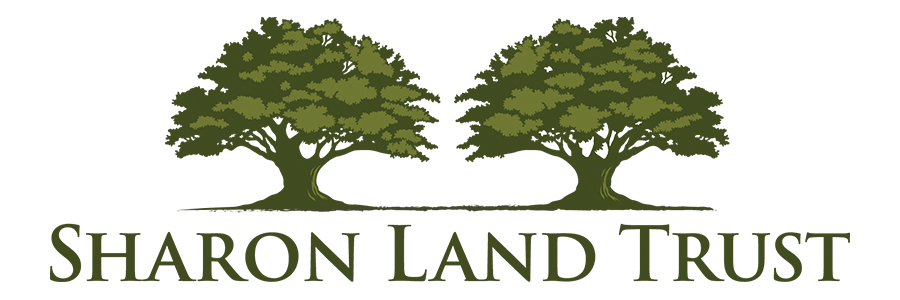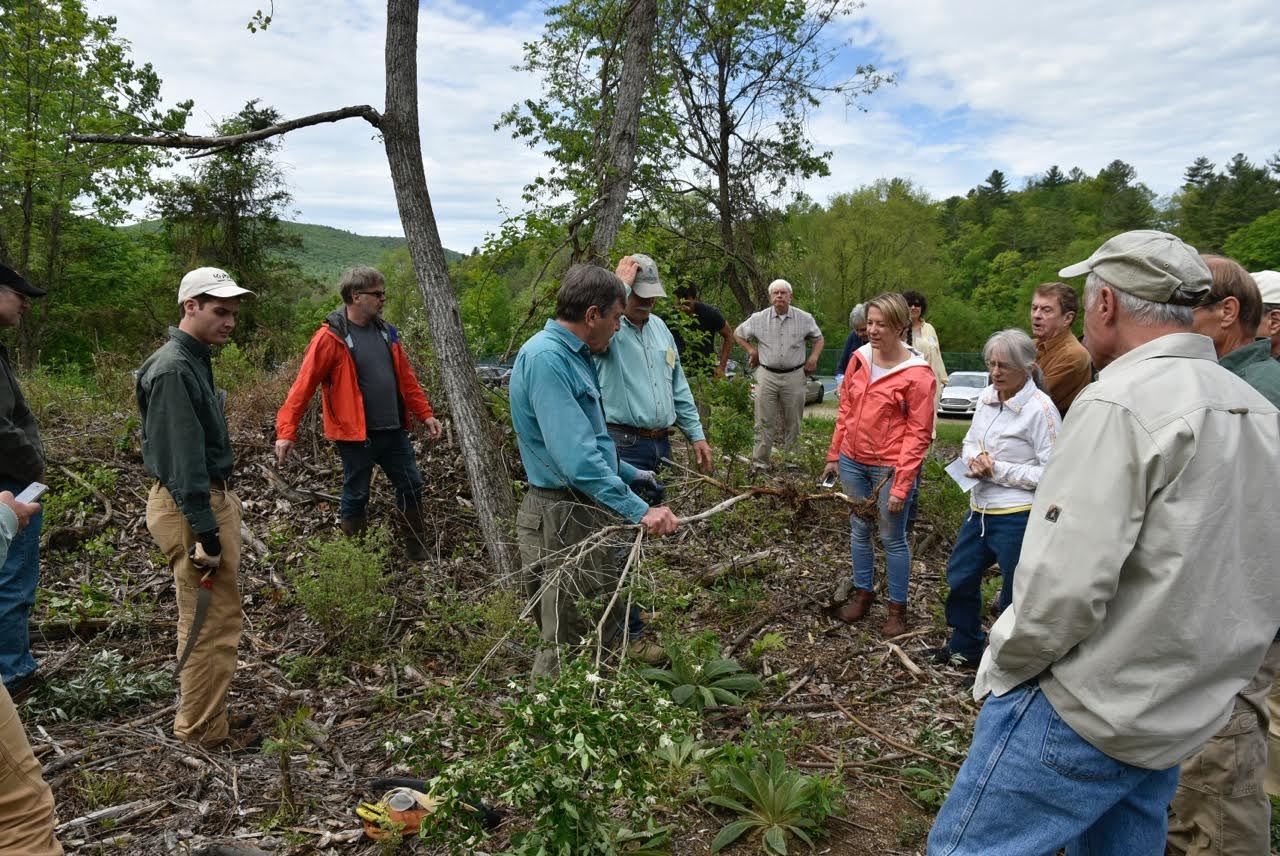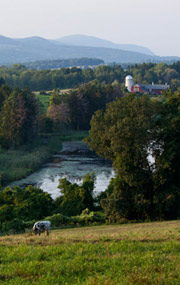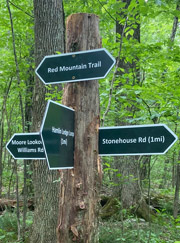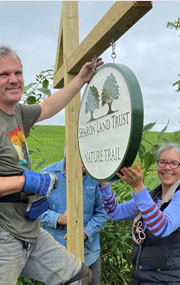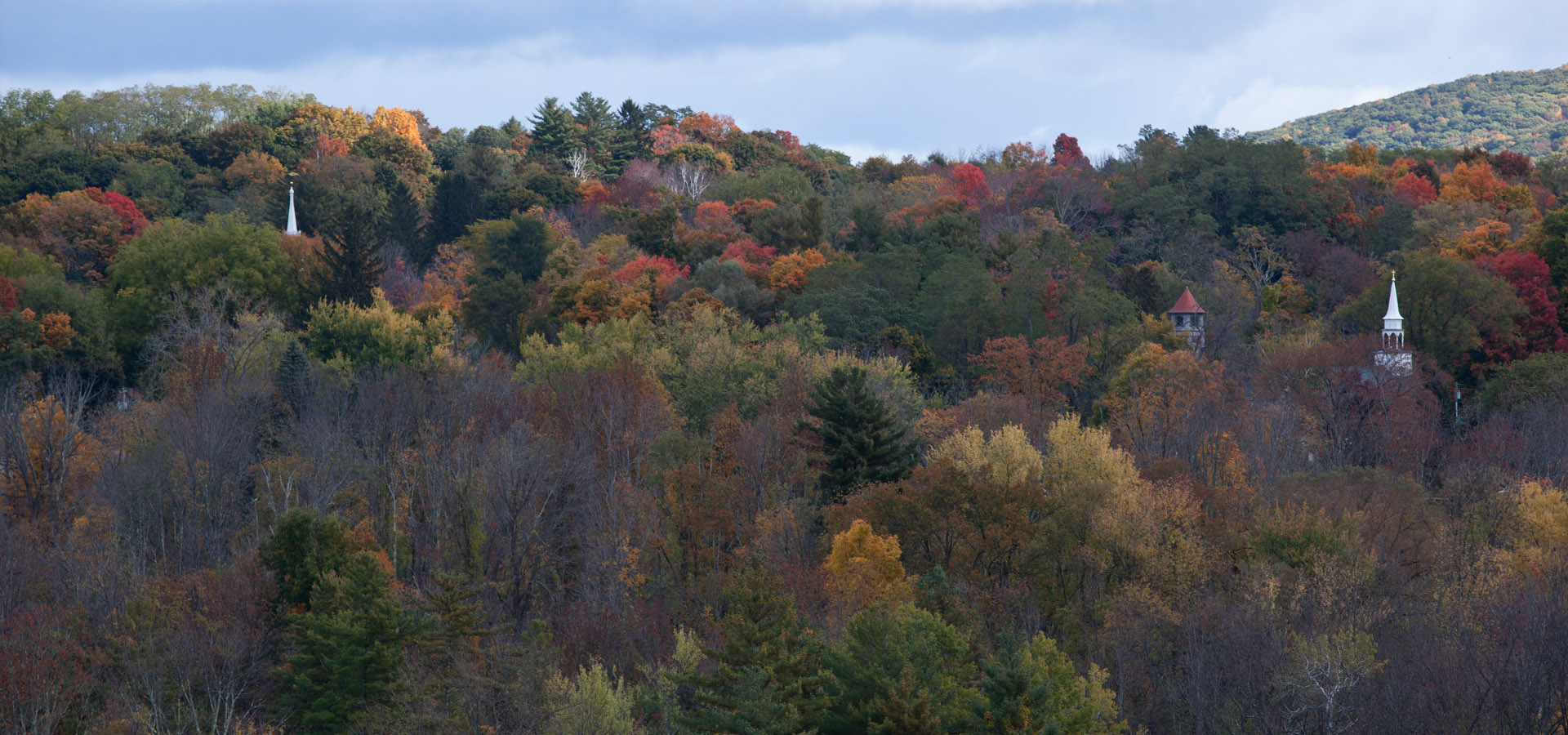Sharon is 59.6 square miles in total area, and is bordered on the north by Salisbury, to the east by Cornwall along the Housatonic River, on the south by Kent, and the west by Millerton and Amenia, NY. The highest point is on Ellsworth Hill; 1,551 feet above sea level.

History
The geology of what is now Sharon determined how its early inhabitants lived. Trees were more than ample; numerous streams provided fresh running water; wildlife was plentiful. Our area was originally home to the Mohican nation, who referred to themselves as Muh-he-ka-ne-ok, or “People of the Waters that Are Never Still.” They lived in a community called Wechquadnach, located just west of what is now named Mudge Pond, when the first Europeans arrived. Settlers used water from Sharon’s numerous streams to provide power for grist mills and saw mills. Following the discovery of iron ore in 1731, forges were put into production using limonite and goethite from Salisbury, a mine near Indian Lake, and magnetite from the town’s east slope. In 1747, local Mohican leaders filed a complaint with the Connecticut general assembly, protesting the unlawful occupation of their lands by the English; in 1752, they were dispossessed of the last of their homelands when Sharon colonialists purportedly “bought” the last standing village of Wechquadnach and forced them off the lands. The need for lime, first produced by farmers in small kilns, was later produced commercially in Sharon Valley’s first large kiln in 1814, followed by Weed’s 1840 kiln in Calkinstown, and the recently restored 1873 Sharon Valley kiln. Lime from these and other sources was used to neutralize acidic upland soils, make paint, plaster and many more products. Gravel from kames and glaciolacustrine terraces was plentiful for the construction of roads and the making of concrete. With the advent of the 1825 blast furnace in town, the tree population began to dwindle because of the use of wood for charcoal. By the 1890s, when larger, more productive dairy farms were in operation, more of the land was cleared for crops and grazing. Today you can still see one of the town’s signature archaeological treasures from the 18th and 19th centuries: the many stone walls made by farmers clearing their fields annually of glacial droppings pushed to the surface by frost.
Topography & Geology
Topographically and geologically, Sharon may be classed into four subdivisions:
- Western Uplands: The northwest corner of town. This covers the Indian Mountain region, ending west of Mudge Pond. The rock formations here are primarily schist.
- Western Lowlands: Extending south-southwest from the Salisbury border through Sharon and Sharon Valley to Amenia Union. The lowlands are underlain by carbonate bedrock of Stockbridge marble.
- Central Uplands: The western upland border extends along the western base of Red Mountain, south-southwest to the hills bordering Sharon Village and Amenia Union to the east. The bedrock of the uplands include the basement gneiss of the region, along with overlying Quartzite. This also includes the lower level region in White Hollow that is underlain by carbonate rock.
- Housatonic River Valley: Along the eastern border of town. Unlike the bed of the river elsewhere, this section is not underlain by carbonate rock; instead the basement rock underlies and crops out on both sides of the river.

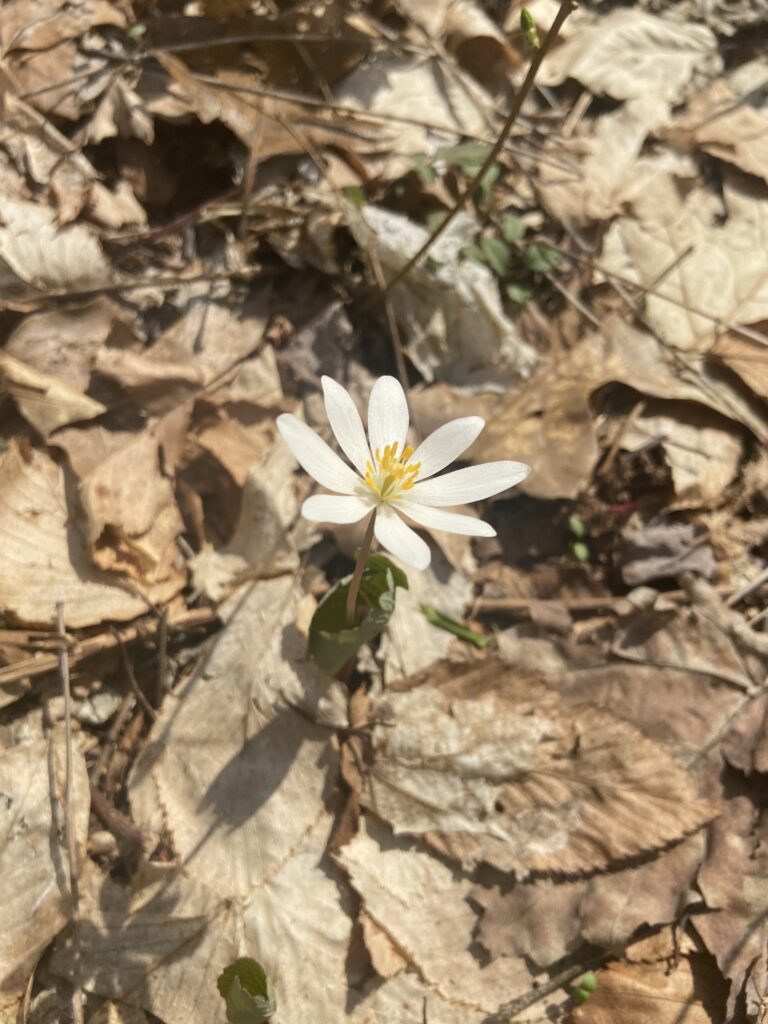
Land Acknowledgement
We would like to acknowledge that Sharon is located on the unceded and traditional territories of indigenous peoples. The people of Sharon live and work on the traditional land of the Mohican community of Wechquadnach. We honor with gratitude the land itself and the Mohican people.
